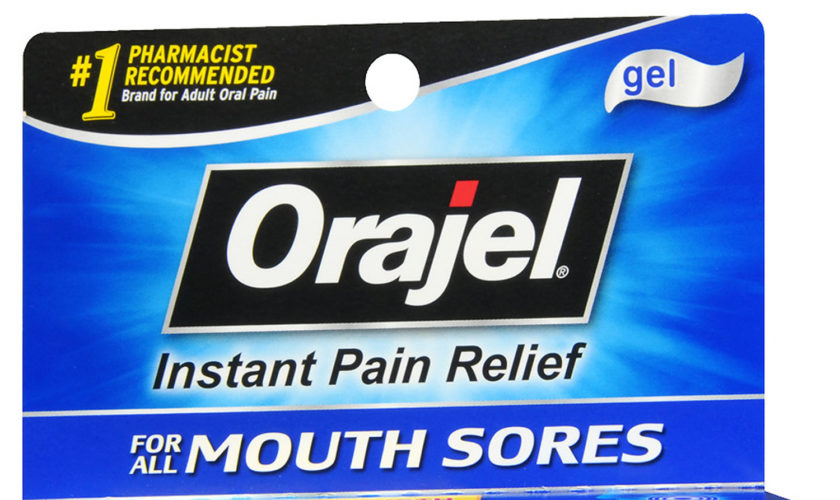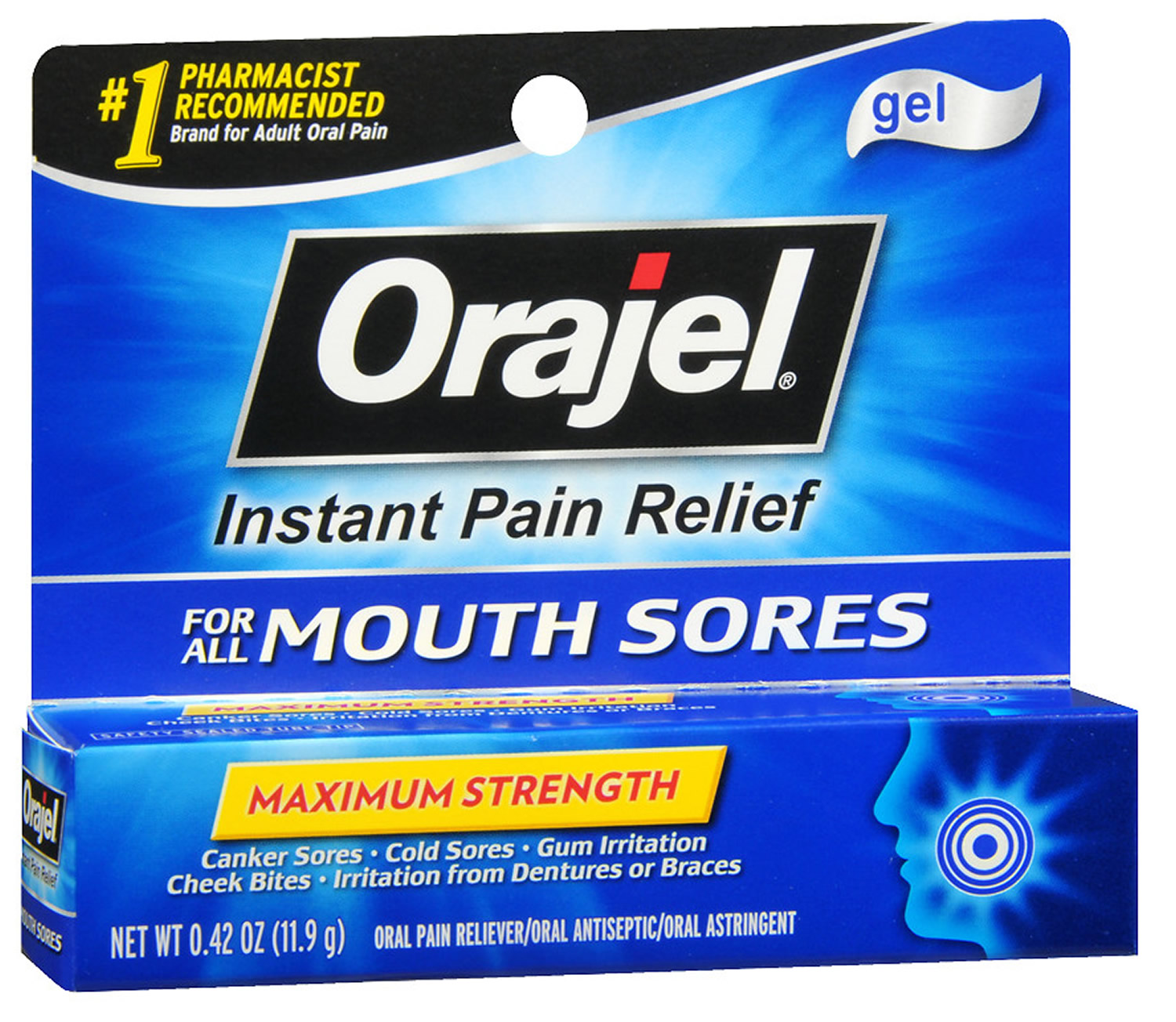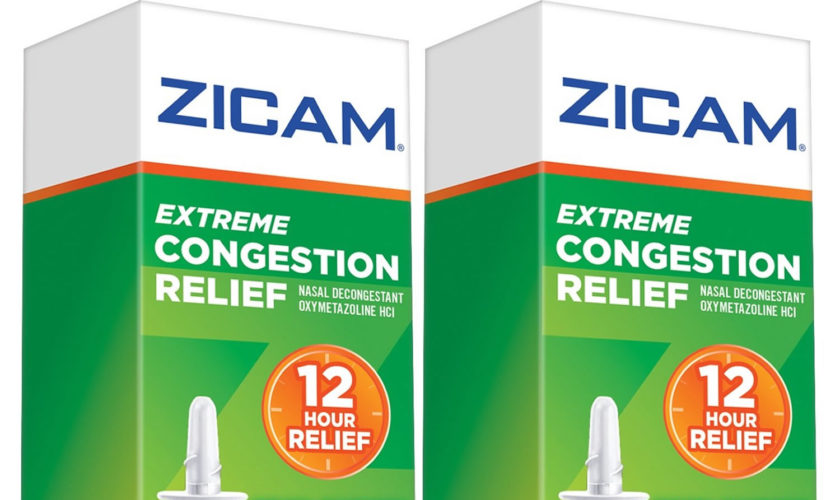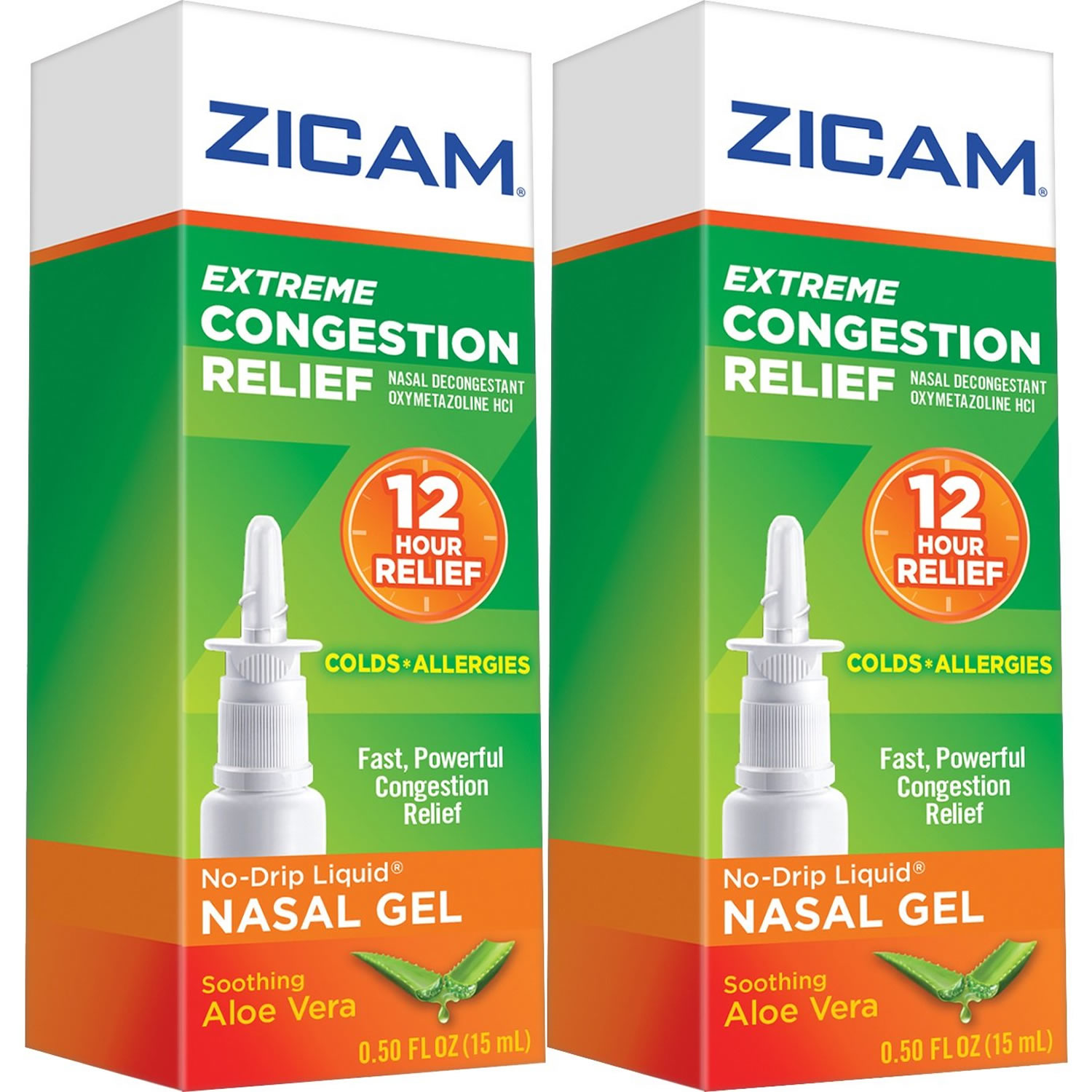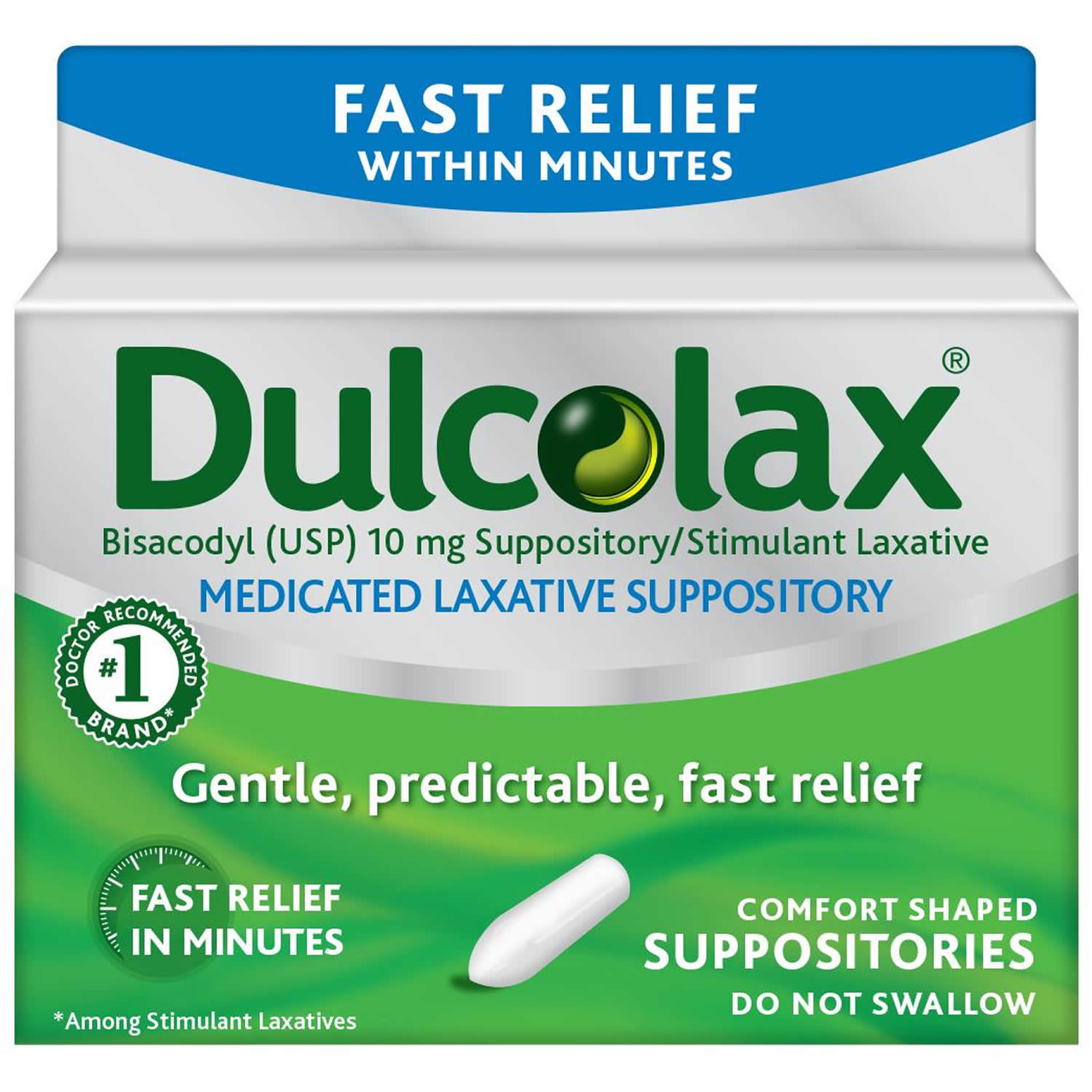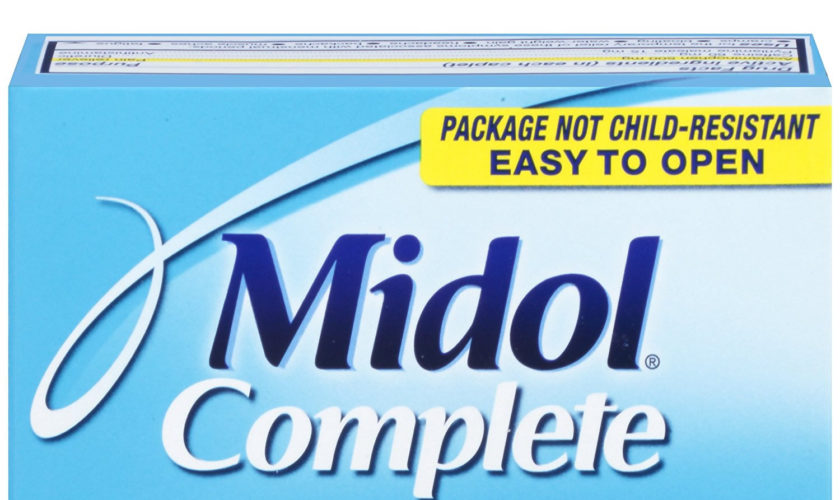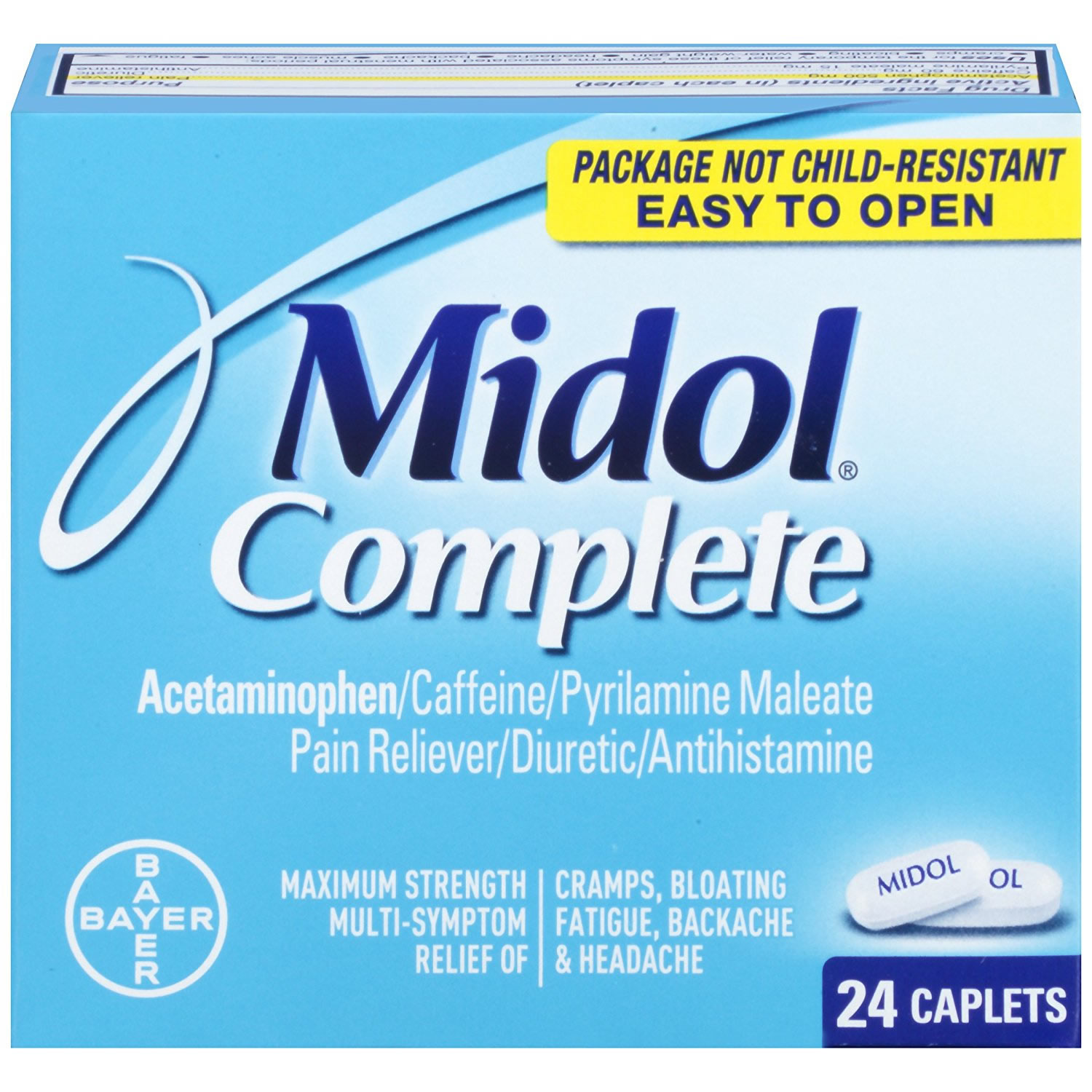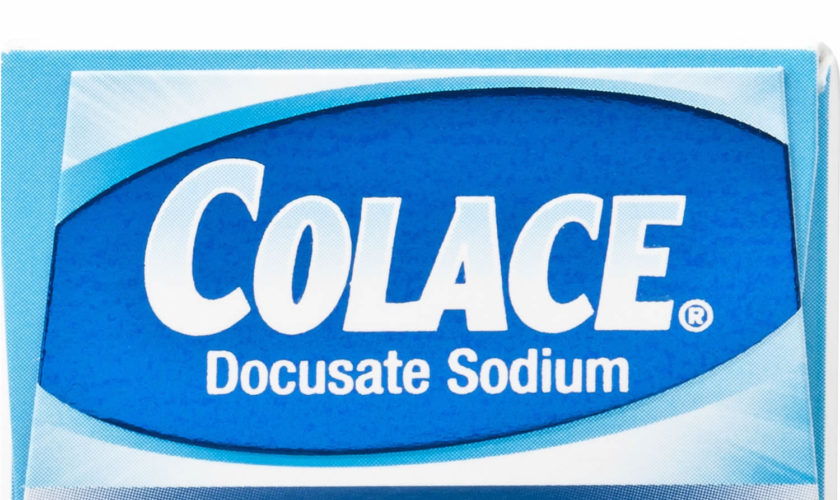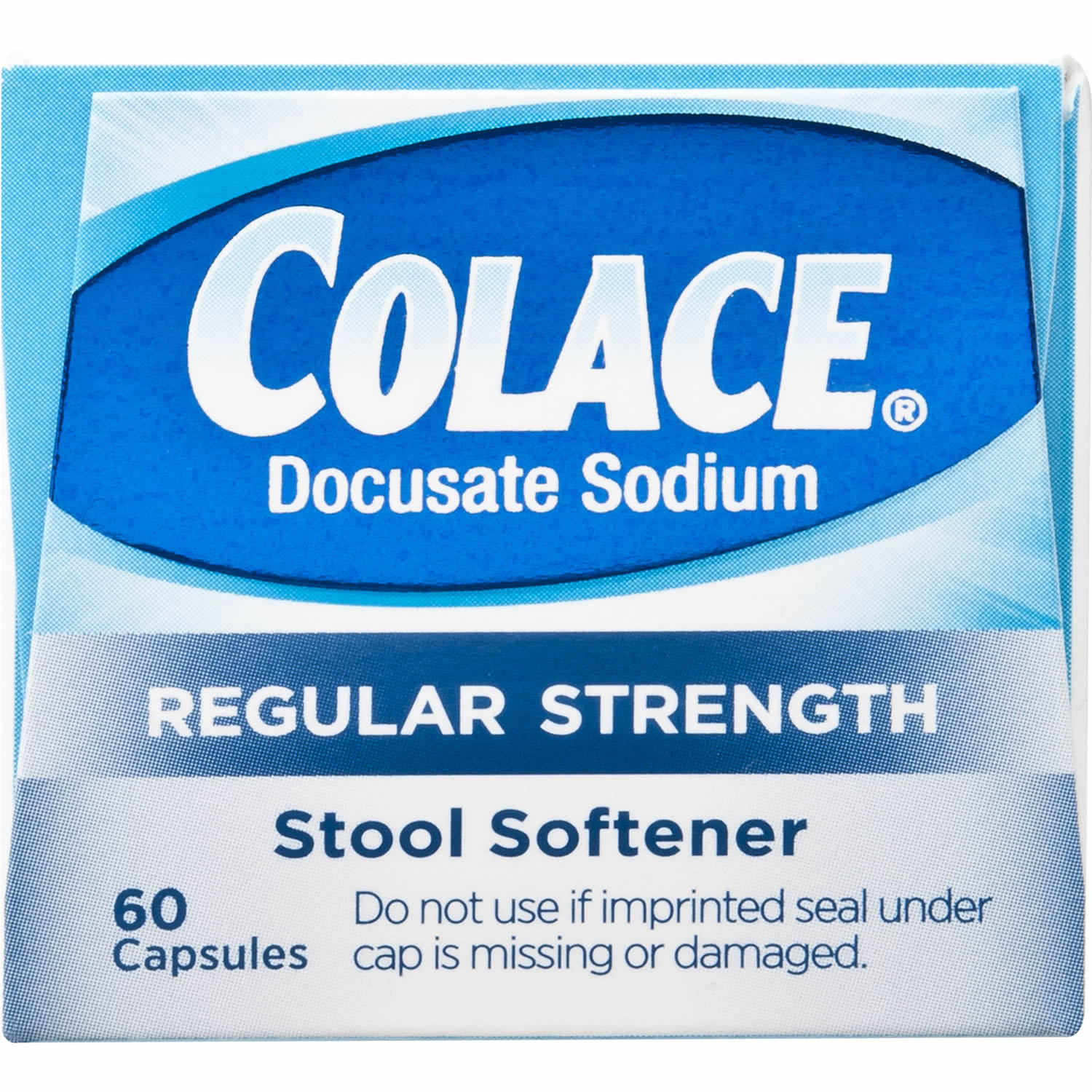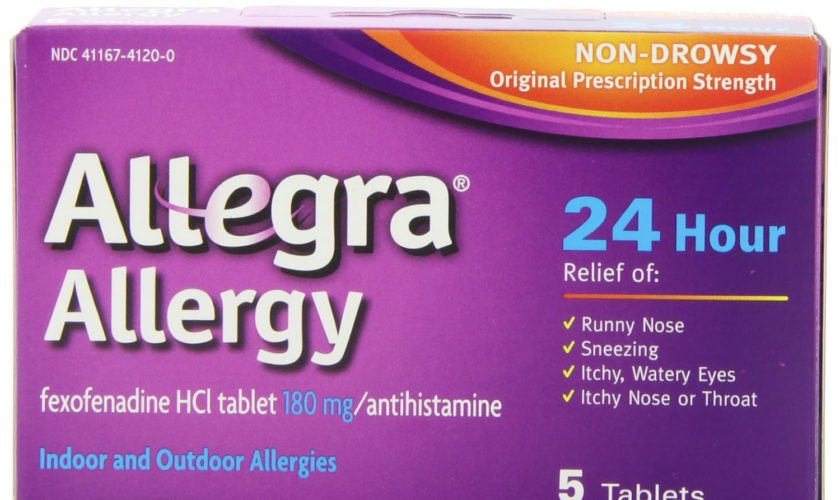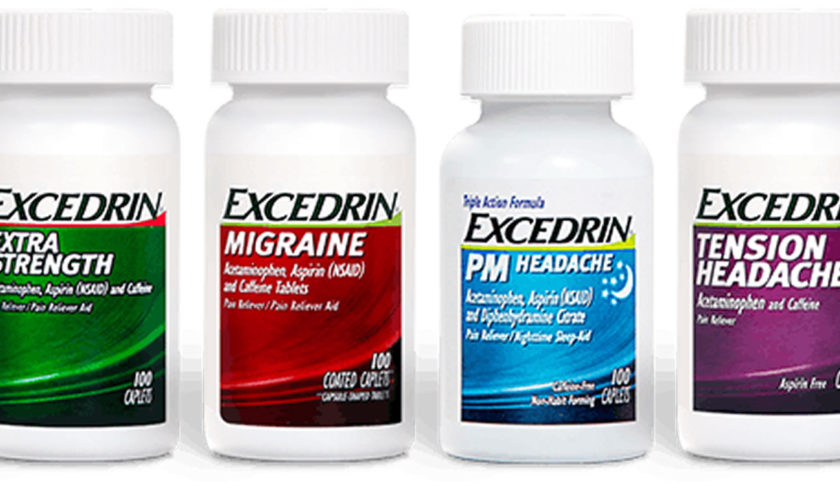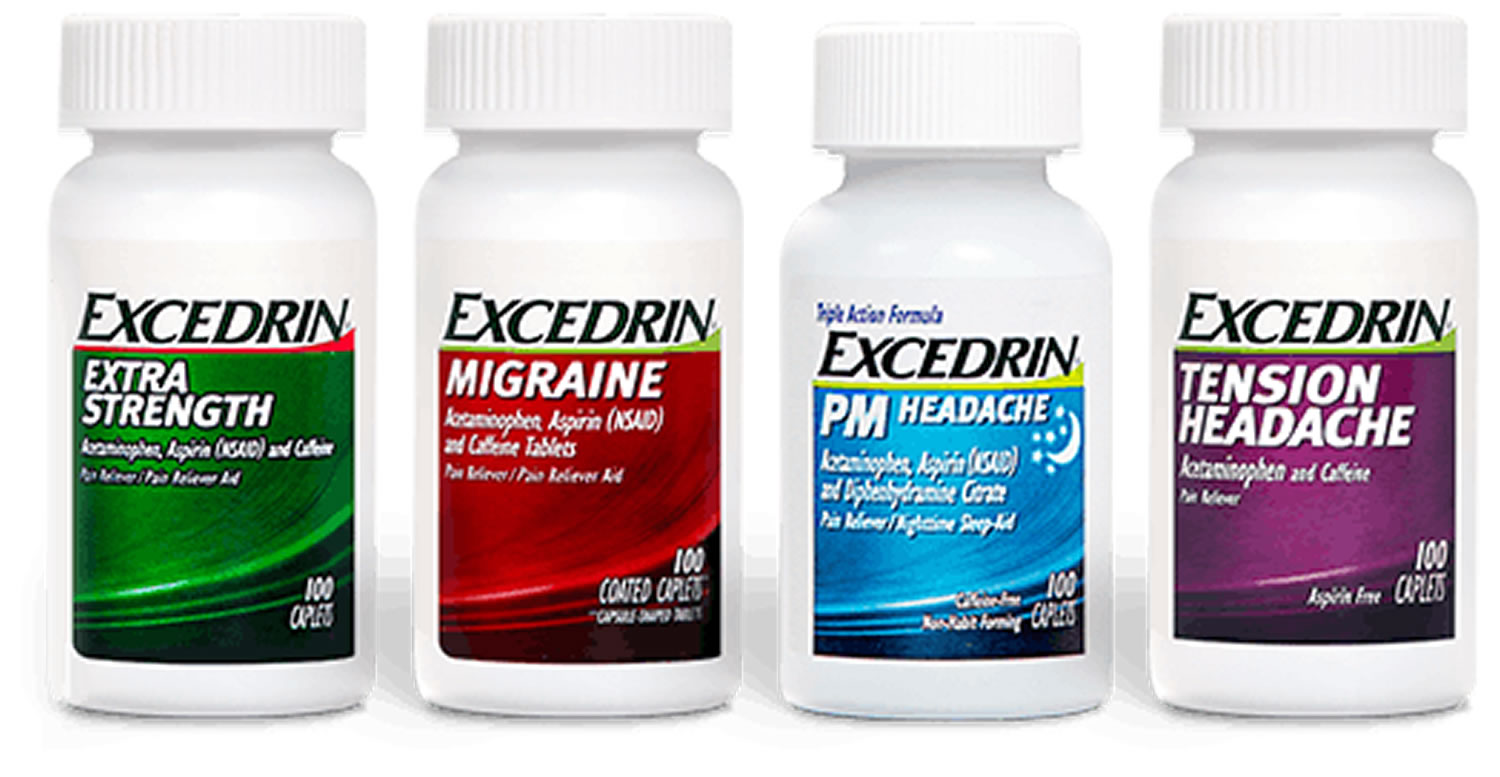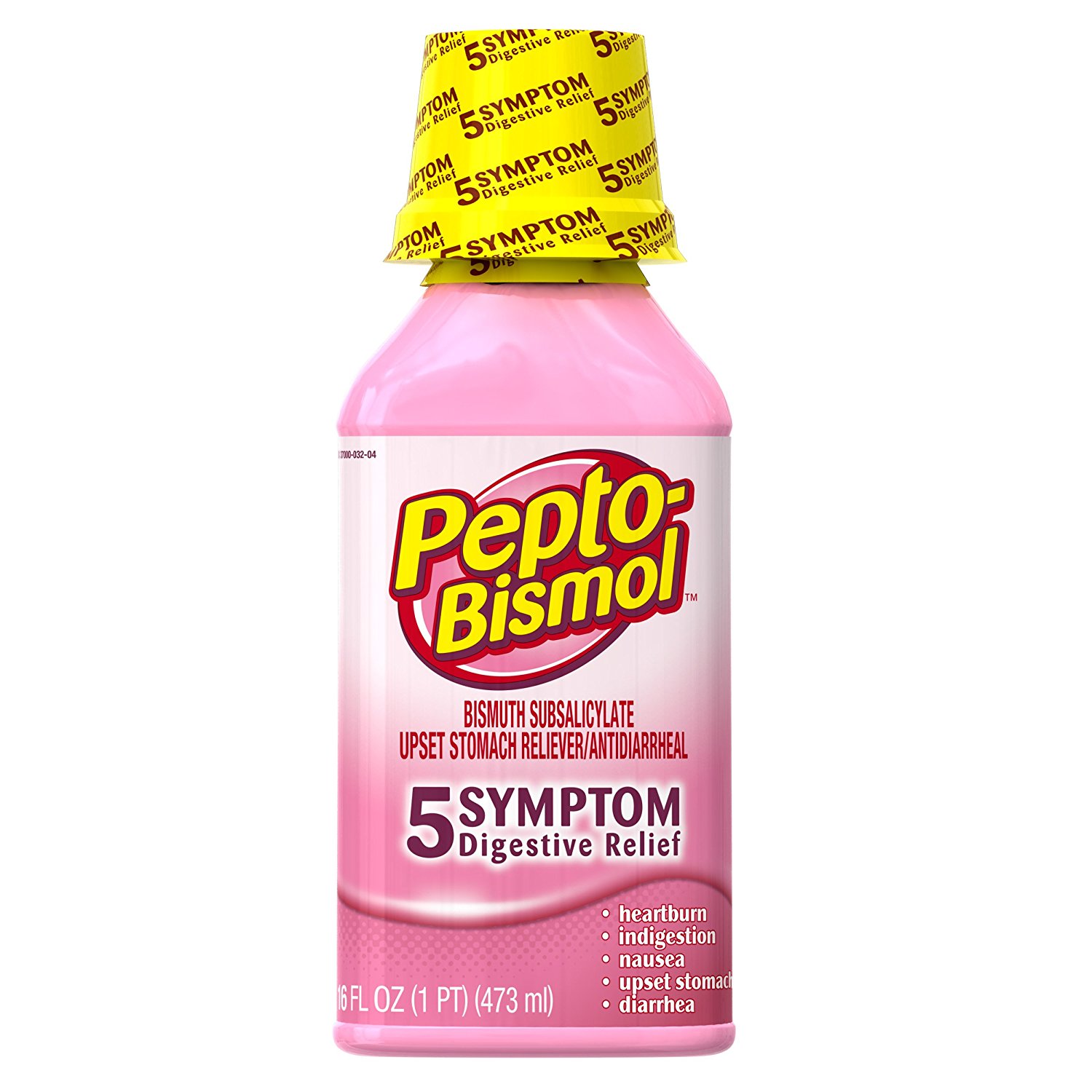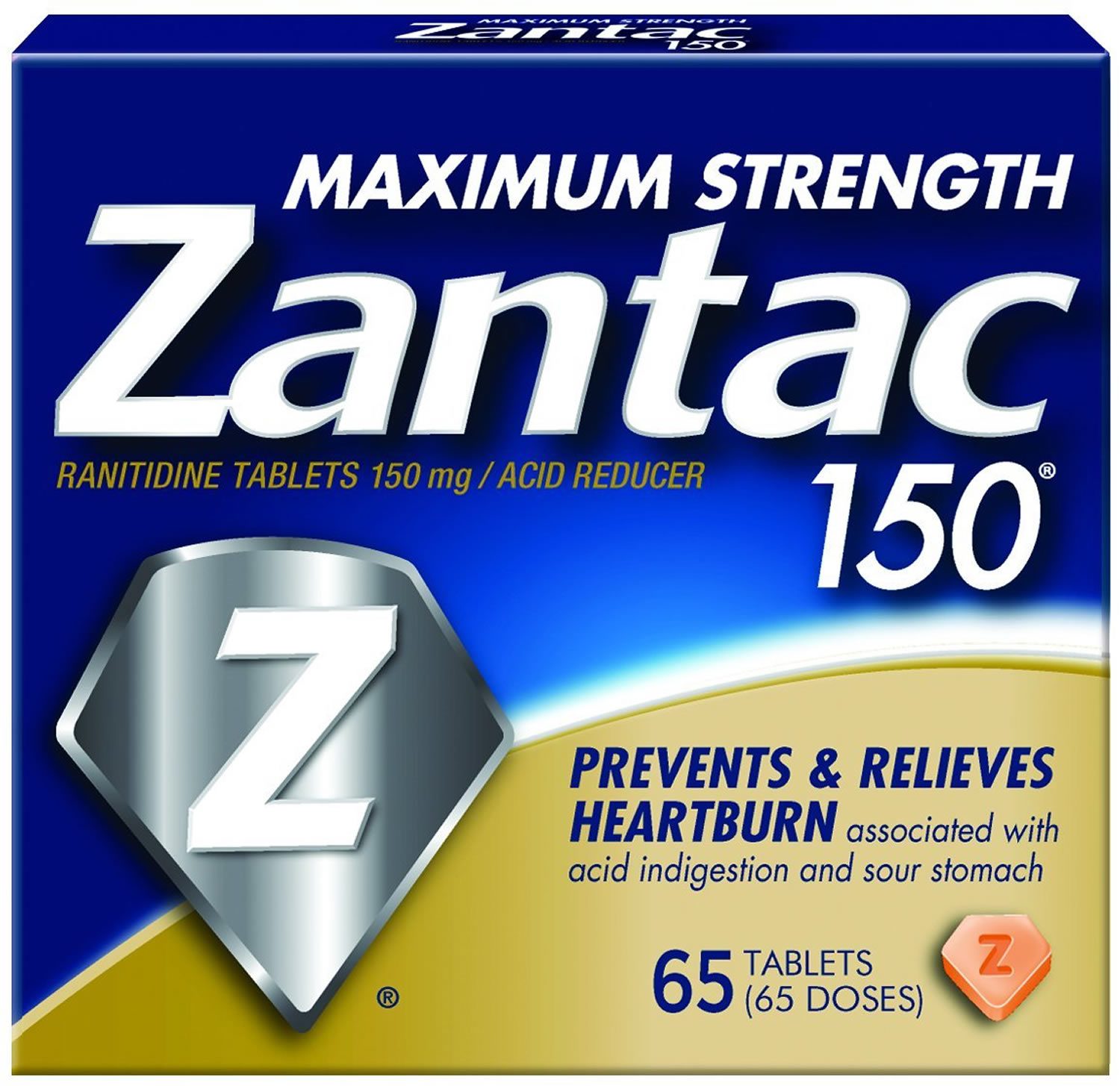What is Orajel
Orajel contains an active ingredient called Benzocaine, which is a local anesthetic (numbing medication) that acts by preventing transmission of impulses along nerve fibers and at nerve endings. Orajel (Benzocaine) works by blocking nerve signals in your body. Orajel (Benzocaine) is used to reduce pain or discomfort from a variety of conditions such as minor skin irritations, sore throats, canker sores, irritation of the mouth and gums, sunburn, teething pain, vaginal or rectal irritation, ingrown toenails, hemorrhoids, and many other sources of minor pain on a surface of the body.
Health care professionals often use sprays containing benzocaine to numb the mucous membranes inside the mouth, nose, throat, vagina, or rectum to lessen the pain of inserting instruments down the throat to view internal organs, inserting breathing tubes, and feeding tubes or speculum, however, benzocaine products are not U.S. Food and Drug Administration (FDA)-approved for these uses.
Benzocaine products are available as gels, sprays, ointments, solutions, and lozenges.
Benzocaine products are marketed under brand names such as Anbesol, Orabase, Orajel, Baby Orajel, Hurricaine, and Topex, as well as store brands and generics.
What does Orajel do?
Benzocaine is a local anesthetic commonly used as a topical pain reliever. Orajel (Benzocaine) is an ester of paraaminobenzoic acid, with anesthetic activity. Benzocaine binds to the sodium channel and reversibly stabilizes the neuronal membrane which decreases its permeability to sodium ions. Depolarization of the neuronal membrane is inhibited, thereby blocking the initiation and conduction of nerve impulses along nerve fibers and at nerve endings. The action of benzocaine is completely reversible.
Is Orajel safe for babies?
No. See the U.S. Food and Drug Administration (FDA) warnings on the use of Orajel (Benzocaine) in babies. Furthermore, American Academy of Pediatrics is against the use of the over-the-counter (OTC) topical benzocaine for teething pain in pediatric patients 1. Due to the adverse side effect such as methemoglobinemia caused by the benzocaine, the Orajel manufacturer’s have decided to discontinue the distribution and sale of Orajel™ teething products containing benzocaine. “The discontinuation is effective immediately and includes Orajel™ Medicated Teething Gel, Orajel™ Medicated Nighttime Teething Gel, Orajel™ Medicated Daytime & Nighttime Teething Twin Pack and Orajel™ Medicated Teething Swabs. We are not discontinuing other Orajel™ products, which represent the majority of our Orajel™ offering” 2.
Public announcement from the manufacturer of Orajel™ 2
“The safety of our consumers and their children is our highest priority. Based on the May 23, 2018 communication from the U.S. Food and Drug Administration regarding over-the-counter (OTC) teething products containing benzocaine, we are discontinuing the distribution and sale of Orajel™ teething products containing benzocaine. Orajel™ teething products containing benzocaine and labeling have complied with applicable and evolving FDA requirements since we acquired the brand in 2008. The discontinuation is effective immediately and includes Orajel™ Medicated Teething Gel, Orajel™ Medicated Nighttime Teething Gel, Orajel™ Medicated Daytime & Nighttime Teething Twin Pack and Orajel™ Medicated Teething Swabs. We are not discontinuing other Orajel™ products, which represent the majority of our Orajel™ offering”.
“In addition, we also are revising the Drug Facts Label on all over-the-counter oral health care products that contain benzocaine with an intended use other than teething to emphasize that these products should not be used for teething pain or in children under 2 years of age. In addition, we are adding warning statements to more clearly identify the risks and symptoms presented by methemoglobinemia, a rare but serious condition associated with the use of benzocaine”.
U.S. Food and Drug Administration (FDA) is warning parents and caregivers that benzocaine products should not be used to treat teething pain in infants or children 3
Safety Announcement
The U.S. Food and Drug Administration (FDA) is warning that over-the-counter (OTC) oral drug products containing benzocaine should not be used to treat infants and children younger than 2 years. The U.S. Food and Drug Administration (FDA) are also warning that benzocaine oral drug products should only be used in adults and children 2 years and older if they contain certain warnings on the drug label. These products carry serious risks and provide little to no benefits for treating oral pain, including sore gums in infants due to teething. Benzocaine, a local anesthetic, can cause a condition in which the amount of oxygen carried through the blood is greatly reduced. This condition, called methemoglobinemia, can be life-threatening and result in death.
Consumers using benzocaine products to treat mouth pain should seek medical attention immediately for signs and symptoms of methemoglobinemia.
Signs and symptoms of methemoglobinemia include:
- pale, gray or blue-colored skin, lips, and nail beds;
- shortness of breath;
- fatigue;
- confusion;
- headache;
- lightheadedness; and
- fast heart rate.
Signs and symptoms of methemoglobinemia may appear within minutes to one to two hours after using benzocaine. Symptoms may occur after using benzocaine for the first time, as well as after prior uses.
Benzocaine is a local anesthetic contained in some over-the-counter (OTC) products for the temporary relief of pain due to minor irritation, soreness, or injury of the mouth and throat. Benzocaine products are marketed as gels, sprays, ointments, solutions, and lozenges under brand names such as Anbesol, Orabase, Orajel, Baby Orajel, Hurricaine, and Topex, as well as store brands and generics. Prescription local anesthetics include articaine, bupivacaine, chloroprocaine, lidocaine, mepivacaine, prilocaine, ropivacaine, and tetracaine.
The U.S. Food and Drug Administration (FDA) have been closely monitoring the risk of methemoglobinemia with the use of over-the-counter (OTC) and prescription local anesthetics and previously communicated about this risk in 2014, 2011, and 2006. The U.S. Food and Drug Administration (FDA) estimate that more than 400 cases of benzocaine-associated methemoglobinemia have been reported to FDA or published in the medical literature since 1971. There are likely additional cases about which the FDA are unaware.
As part of our continued monitoring of this safety risk, the U.S. Food and Drug Administration (FDA) recently evaluated 119 cases of benzocaine-associated methemoglobinemia reported to FDA and identified in the medical literature in the 8½ years between February 2009 and October 2017. The U.S. Food and Drug Administration (FDA) have continued to receive cases even after their 2014 communication. Most of the 119 cases were serious and required treatment. Twenty-two cases occurred in patients younger than 18 years, and 11 of these were in children younger than 2 years. Four patients died among the 119 patients, including one infant. The U.S. Food and Drug Administration (FDA) also conducted a study comparing the relative ability of the two local anesthetics benzocaine and lidocaine to make methemoglobin. The study showed that benzocaine generated much more methemoglobin than lidocaine in a red blood cell model.
The U.S. Food and Drug Administration (FDA) urge patients, consumers, and health care professionals to report side effects involving benzocaine, prescription local anesthetics, or other medicines to the FDA MedWatch program. If you experience a serious side effect, you or your doctor may send a report to the Food and Drug Administration’s (FDA) MedWatch Adverse Event Reporting program online (https://www.fda.gov/Safety/MedWatch/default.htm) or by phone (1-800-332-1088).
Due to the significant safety risk of methemoglobinemia, the U.S. Food and Drug Administration (FDA) have urged manufacturers that they should stop marketing OTC oral drug products for treating teething in infants and children younger than 2 years. If companies do not comply, the FDA will take action to remove these products from the market. The U.S. Food and Drug Administration (FDA) have also urged manufacturers of OTC oral drug products containing benzocaine for adults and children 2 years and older to make the following changes to the labels of their products:
- Adding a warning about methemoglobinemia;
- Adding contraindications, FDA’s strongest warnings, directing parents and caregivers not to use the product for teething and not to use in infants and children younger than 2 years; and
- Revising the directions to direct parents and caregivers not to use the product in infants and children younger than 2 years.
The U.S. Food and Drug Administration (FDA) continue to monitor the safety and effectiveness of OTC benzocaine products and intend to take additional actions in the future as needed. The U.S. Food and Drug Administration (FDA) will notify the public about any updates. In addition to their recent actions regarding OTC benzocaine products, the FDA are also requiring a standardized methemoglobinemia warning to be included in the prescribing information of all prescription local anesthetics.
Parents and caregivers should follow the American Academy of Pediatrics’ recommendations for treating teething pain 4:
- Gently rub or massage the child’s gums with one of your fingers.
- Use a firm rubber teething ring.
- If these remedies don’t provide relief, contact your health care professional for advice on other treatments.
Topical pain relievers and medications that are rubbed on the gums are not useful because they wash out of a baby’s mouth within minutes. FDA has previously cautioned parents and caregivers to not give certain homeopathic teething tablets to children. FDA confirms elevated levels of belladonna in certain homeopathic teething products 5.
Alternative treatments for adults who experience mouth pain may include dilute salt water mouth rinse and OTC pain relief medications. Adults should follow the American Dental Association’s recommendations for mouth sores and spots 6:
- Schedule regular oral health checkups
- Keep a diary of what you eat and drink
- Keep a list of oral hygiene products you have been using
- Avoid all tobacco products
- If you drink alcoholic beverages, do so in moderation
- See your dentist if you notice any change in your mouth
Health care professionals should warn patients of the possibility of methemoglobinemia and advise them of the signs and symptoms when recommending or prescribing local anesthetic products.
Some patients are at greater risk for complications related to methemoglobinemia. This includes those with breathing problems such as asthma, bronchitis, or emphysema; heart disease, and the elderly. Health care professionals using local anesthetics during medical procedures should take steps to minimize the risk for methemoglobinemia. These include monitoring patients for signs and symptoms suggestive of methemoglobinemia; using co-oximetry when possible; and having resuscitation equipment and medications readily available, including methylene blue.
What is Methemoglobinemia?
Methemoglobinemia (MetHb) is a blood disorder in which an abnormal amount of methemoglobin is produced 7. Hemoglobin is the protein in red blood cells (RBCs) that carries and distributes oxygen to the body. Methemoglobin is a form of hemoglobin. With methemoglobinemia, the hemoglobin can carry oxygen, but is not able to release it effectively to body tissues.
Danger signs and symptoms of methemoglobinemia include:
- pale, gray, or blue-colored skin, lips and nail beds
- shortness of breath
- fatigue
- confusion
- headache
- light-headedness
- rapid heart rate
Symptoms can occur within minutes to hours after benzocaine use. They can occur after using the drug for the first time, as well as after several uses.
If your child has any of these symptoms after using benzocaine, stop using the product and seek medical help immediately by calling your local emergency services number for an ambulance.
Methemoglobinemia caused by benzocaine may require treatment with medications and admission to a hospital. Serious cases should be treated right away. If left untreated or if treatment is delayed, methemoglobinemia may cause permanent injury to the brain and body tissues, and even death, from the insufficient amount of oxygen in the blood.
Complications of methemoglobinemia include 8:
- Shock
- Seizures
- Death
Methemoglobinemia Exams and Tests 8
A baby with this condition will have a bluish skin color (cyanosis). The health care provider will perform blood tests to diagnose the condition. Tests may include:
- Checking the oxygen level in the blood (pulse oximetry)
- Blood test to check levels of gases in the blood (arterial blood gas analysis)
Methemoglobinemia Treatment 8
A medicine called methylene blue is used to treat severe methemoglobinemia. Methylene blue may be unsafe in people who have or may be at risk for a blood disease called glucose-6-phosphate dehydrogenase (G6PD). They should not take this medicine. If you or your child has glucose-6-phosphate dehydrogenase (G6PD), always tell your provider before getting treatment.
Ascorbic acid may also be used to reduce the level of methemoglobin.
Alternative treatments include hyperbaric oxygen therapy, red blood cell transfusion and exchange transfusions.
In most cases of mild acquired methemoglobinemia, no treatment is needed. But you should avoid the medicine or chemical that caused the problem. Severe cases may need a blood transfusion.
Outlook (Prognosis)
People with acquired methemoglobinemia often do very well once the drug, food, or chemical that caused the problem is identified and avoided 8.
What is the recommendations for treating teething pain in babies?
The American Academy of Pediatrics’ recommendations 4 for treating teething pain in 4 to 7 months old babies
Teething usually starts during 4 to 7 months. The two front teeth (central incisors), either upper or lower, usually appear first, followed by the opposite front teeth. The first molars come in next, followed by the canines or eyeteeth.
The timing of teething
There is great variability in the timing of teething. If your child doesn’t show any teeth until later than this age period, don’t worry. The timing may be determined by heredity, and it doesn’t mean that anything is wrong.
How to ease your baby’s discomfort
Teething occasionally may cause mild irritability, crying, a low-grade temperature (but not over 101 ° Fahrenheit or 38.3 ° Celsius), excessive drooling, and a desire to chew on something hard. More often, the gums around the new teeth will swell and be tender. Try gently rubbing or massaging the gums with one of your fingers. Teething rings are helpful, too, but they should be made of firm rubber. (The teethers that you freeze tend to get too hard and can cause more harm than good.) Pain relievers and medications that you rub on the gums are not necessary or useful since they wash out of the baby’s mouth within minutes. Some medication you rub on your child’s gums can even be harmful if too much is used and the child swallows an excessive amount. Stay away from teething tablets that contain the plant poison belladonna and gels with benzocaine. Belladonna and benzocaine are marketed to numb your child’s pain, but the FDA (see FDA’s warnings above) has issued warnings against both due to potential side effects. If your child seems particularly miserable or has a fever higher than 101 degrees Fahrenheit (38.3 degrees Celsius), it’s probably not because she’s teething, and you should consult your pediatrician.
How should you clean the new teeth?
Simply brush them with a soft child’s toothbrush when you first start seeing her teeth. To prevent cavities, never let your baby fall asleep with a bottle, either at nap time or at night. By avoiding this situation, you’ll keep milk from pooling around the teeth and creating a breeding ground for tooth decay.
Important Information Before Using Orajel
Orajel (Benzocaine) used in the mouth or throat may cause methemoglobinemia, a life-threatening condition in which the amount of oxygen in your blood stream becomes dangerously low. Do not use this medicine if you have ever had methemoglobinemia.
GET EMERGENCY MEDICAL HELP IF YOU HAVE SYMPTOMS OF METHEMOGLOBINEMIA: headache, tired feeling, confusion, fast heart rate, and feeling light-headed or short of breath, with a pale, blue, or gray appearance of your skin, lips, or fingernails.
- Do not use this medicine on a child younger than 2 years old without medical advice.
An overdose of numbing medications can cause fatal side effects if too much of the medicine is absorbed through your skin and into your blood. Use the smallest amount of this medication needed.
Ask a doctor or pharmacist if it is safe for you to use Orajel (Benzocaine) if you have:
- asthma, bronchitis, emphysema, or other breathing disorder;
- heart disease;
- a personal or family history of methemoglobinemia, or any genetic (inherited) enzyme deficiency; or
- if you smoke.
It is not known whether Orajel (Benzocaine) topical will harm an unborn baby. Ask a doctor before using this medicine if you are pregnant.
It is not known whether Orajel (Benzocaine) topical passes into breast milk or if it could affect a nursing baby. Ask a doctor before using this medicine if you are breast-feeding.
Benzocaine Precautions
- Benzocaine topical is considered contraindicated in patients with congenital or idiopathic methemoglobinemia.
- Benzocaine should not be used in infants less than 12 months of age who are receiving treatment with methemoglobin- inducing agents.
- Benzocaine topical is for external use only, and is not intended to be used in or near the eyes.
- Benzocaine crystals may appear as a white precipitate following topical application.
- Do not apply in large quantities or over large, raw, or blistered areas,
- Benzocaine topical is not intended for use on deep or puncture wounds, or serious burns.
- Instruct patients to avoid eating for approximately 1 hour following topical application to oral mucosa.
- Safety and effectiveness of benzocaine sore throat lozenges have not been established in children less than 5 years of age.
How to use Orajel
Use exactly as directed on the label, or as prescribed by your doctor. Do not use in larger or smaller amounts or for longer than recommended.
Use the smallest amount of medicine needed to numb the skin or relieve pain. Do not use large amounts of Orajel (Benzocaine), or cover treated skin areas with a bandage or plastic wrap without medical advice.
Your body may absorb more of this medicine if you use too much, if you apply it over large skin areas, or if you apply heat, bandages, or plastic wrap to treated skin areas. Skin that is cut or irritated may also absorb more topical medication than healthy skin.
Do not use Orajel (Benzocaine) to treat large skin areas or deep puncture wounds. Avoid using the medicine on skin that is raw or blistered, such as a severe burn or abrasion.
Read all patient information, medication guides, and instruction sheets provided to you. Ask your doctor or pharmacist if you have any questions.
- To treat minor skin conditions, apply a thin layer of Orajel (Benzocaine) to the affected area.
- If using the spray, hold the container 6 to 12 inches away from the skin. Do not spray this medication onto your face. Spray it instead on your hands and then rub it onto the face, avoiding contact with your eyes.
- To treat hemorrhoids, apply the medication up to 6 times per day. After cleansing area with soap and water, apply externally to affected area(s) as needed up to 6 times a day. Wash your hands before and after inserting a rectal suppository. Do not take a rectal suppository by mouth. It is for use only in your rectum. Try to empty your bowel and bladder just before using the benzocaine suppository. Remove the wrapper before inserting the suppository. Avoid handling the suppository too long or it will melt in your hands. Lie on your back with your knees up toward your chest. Gently insert the suppository into your rectum about 1 inch, pointed tip first. For best results, stay lying down for a few minutes. The suppository will melt quickly and you should feel little or no discomfort while holding it in. Avoid using the bathroom for at least an hour after using the suppository.
Call your doctor if your symptoms do not improve or if they get worse within the first 7 days of using Orajel (Benzocaine). Also call your doctor if your symptoms had cleared up but then came back.
If you are treating a sore throat, call your doctor if the pain is severe or lasts longer than 2 days, especially if you also develop a fever, headache, skin rash, swelling, nausea, vomiting, cough, or breathing problems.
Store at room temperature away from moisture and heat. Do not freeze.
What happens if I miss a dose?
Since Orajel (Benzocaine) is used when needed, you may not be on a dosing schedule. If you are on a schedule, use the missed dose as soon as you remember. Skip the missed dose if it is almost time for your next scheduled dose. Do not use extra medicine to make up the missed dose.
What happens if I overdose?
Seek emergency medical attention or call the Poison Help line at 1-800-222-1222. An overdose of Orajel (Benzocaine) applied to the skin can cause life-threatening side effects such as uneven heartbeats, seizure (convulsions), coma, slowed breathing, or respiratory failure (breathing stops).
What should I avoid while using Orajel?
Avoid eating within 1 hour after using Orajel (Benzocaine) on your gums or inside your mouth.
Orajel (Benzocaine) is for use only on the surface of your body, or just inside the mouth, vagina, or rectum. Avoid getting this medication in your eyes. Avoid swallowing the gel, liquid, or ointment while applying it to your gums or the inside of your mouth. The throat spray or oral lozenge may be swallowed gradually during use.
Orajel side effects
Orajel (Benzocaine) used in the mouth or throat may cause a rare but life-threatening condition called methemoglobinemia. In this condition, the amount of oxygen in your blood stream becomes dangerously low. This condition may occur after only one use of benzocaine or after several uses.
Signs and symptoms may occur within minutes or up to 2 hours after using Orajel (Benzocaine) in the mouth or throat.
GET EMERGENCY MEDICAL HELP IF YOU HAVE:
- headache, tired feeling, confusion;
- fast heart rate;
- feeling light-headed or short of breath; and
- pale, blue, or gray appearance of your skin, lips, or fingernails.
Get emergency medical help if you have signs of an allergic reaction: hives; difficult breathing; swelling of your face, lips, tongue, or throat.
Stop using Orajel (Benzocaine) and call your doctor at once if you have:
- severe burning, stinging, or sensitivity where the medicine is applied;
- swelling, warmth, or redness; or
- oozing, blistering, or any signs of infection.
Common side effects may include:
- mild stinging, burning, or itching where the medicine is applied;
- skin tenderness or redness; or
- dry white flakes where the medicine was applied.
This is not a complete list of side effects and others may occur. Call your doctor for medical advice about side effects. If you experience a serious side effect, you or your doctor may send a report to the Food and Drug Administration’s (FDA) MedWatch Adverse Event Reporting program online (https://www.fda.gov/Safety/MedWatch/default.htm) or by phone (1-800-332-1088).
Along with its needed effects, benzocaine topical (the active ingredient contained in Orajel) may cause some unwanted effects. Although not all of these side effects may occur, if they do occur they may need medical attention.
Check with your doctor immediately if any of the following side effects occur while taking benzocaine topical:
Incidence not known
- Headache
- High fever
- Nausea
- Vomiting
- Worsening of pain, redness, swelling, or irritation in or around the mouth
Side effects apply to benzocaine topical: compounding powder, mucous membrane gel, mucous membrane liquid, mucous membrane lozenge, mucous membrane paste, mucous membrane powder for reconstitution, mucous membrane spray, mucous membrane swab, mucous membrane tablet disintegrating, rectal ointment, rectal suppository, topical cream, topical gel, topical liquid, topical lotion, topical ointment, topical spray, topical stick, topical swab
Dermatologic
- Dermatologic side effects have included contact dermatitis and urticaria.
Local
- Local side effects have included burning and stinging.
Other
- Other side effects have included edema.
Cardiovascular
- Cardiovascular side effects have included angioedema.
Hematologic
- Hematologic side effects have included methemoglobinemia. FDA continues to receive reports of methemoglobinemia from postmarketing reporting.
- Guideline on infant oral health care. American Academy of Pediatric Dentistry. Clinical Affairs Committee–Infant Oral Health Subcommittee. Pediatr Dent. 2012 Sep-Oct; 34(5):e148-52. http://www.aapd.org/publications/
- http://www.orajel.com/
- Risk of serious and potentially fatal blood disorder prompts FDA action on oral over-the-counter benzocaine products used for teething and mouth pain and prescription local anesthetics. https://www.fda.gov/Drugs/DrugSafety/ucm608265.htm
- Teething: 4 to 7 Months. https://www.healthychildren.org/English/ages-stages/baby/teething-tooth-care/pages/Teething-4-to-7-Months.aspx
- FDA confirms elevated levels of belladonna in certain homeopathic teething products. https://www.fda.gov/NewsEvents/Newsroom/PressAnnouncements/ucm538684.htm
- https://www.ada.org/~/media/ADA/Publications/Files/ADA_PatientSmart_Mouth_Sores.pdf?la=en
- Hartman NR, Mao JJ, Zhou H, Boyne MT, Wasserman AM, Taylor K, Racoosin JA, Patel V, Colatsky T. More methemoglobin is produced by benzocaine treatment than lidocaine treatment in human in vitro systems. Regul Toxicol Pharmacol 2014; 70:182-8.
- Methemoglobinemia. https://medlineplus.gov/ency/article/000562.htm
